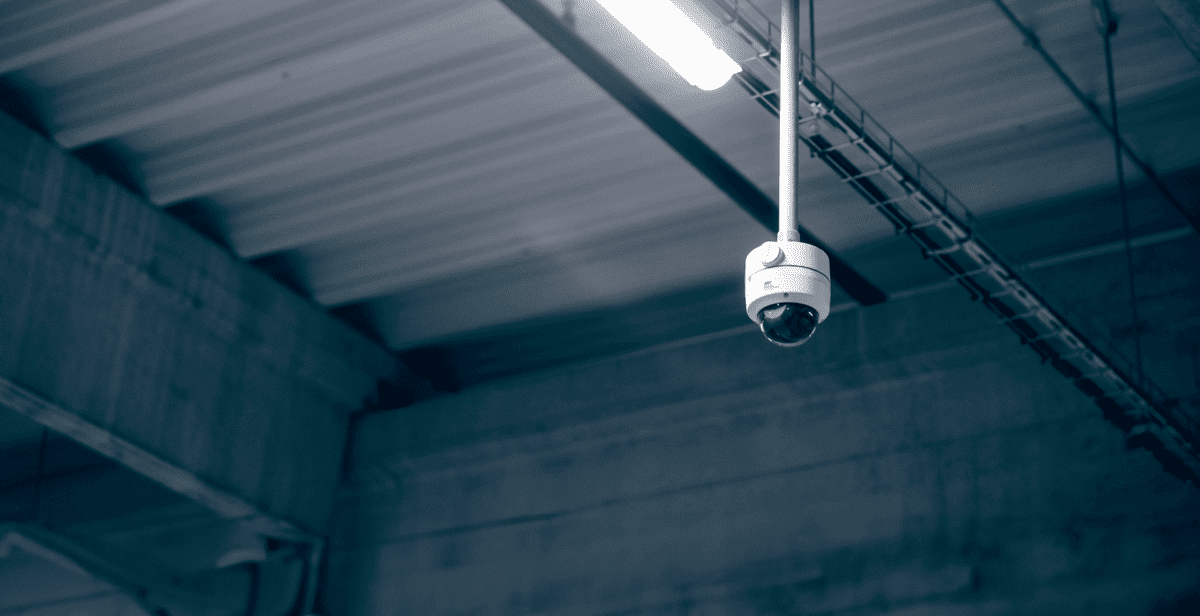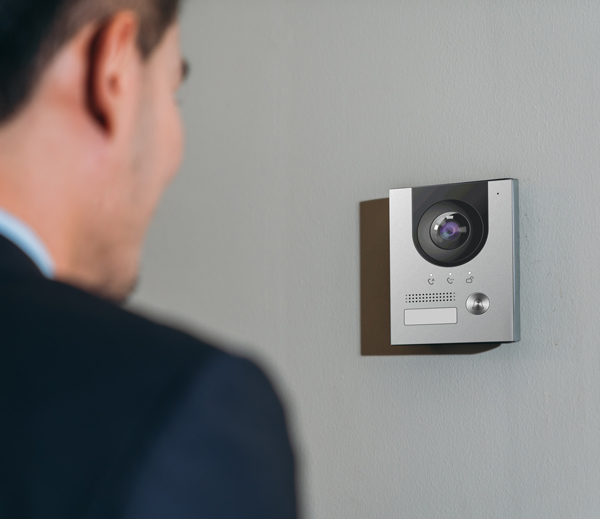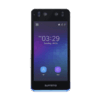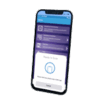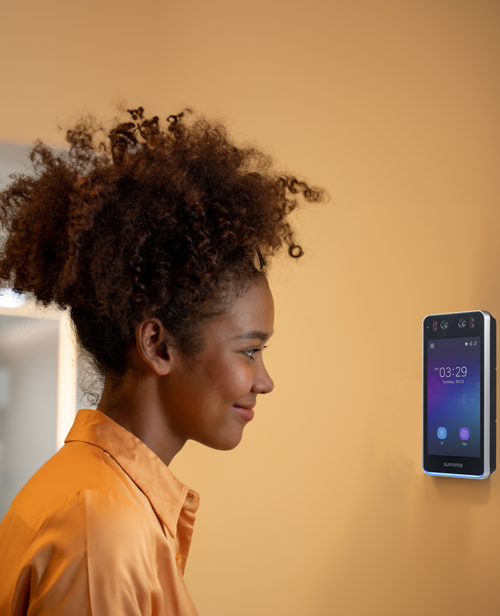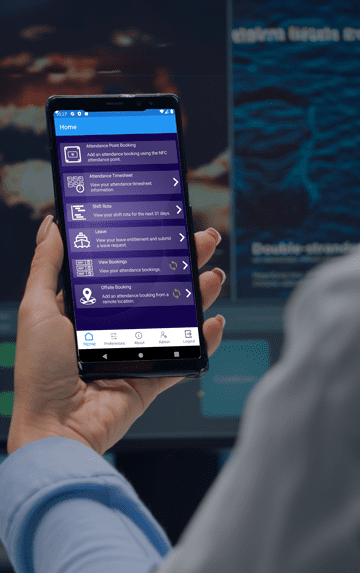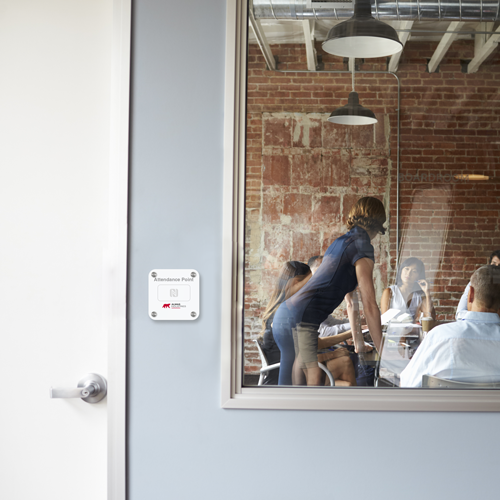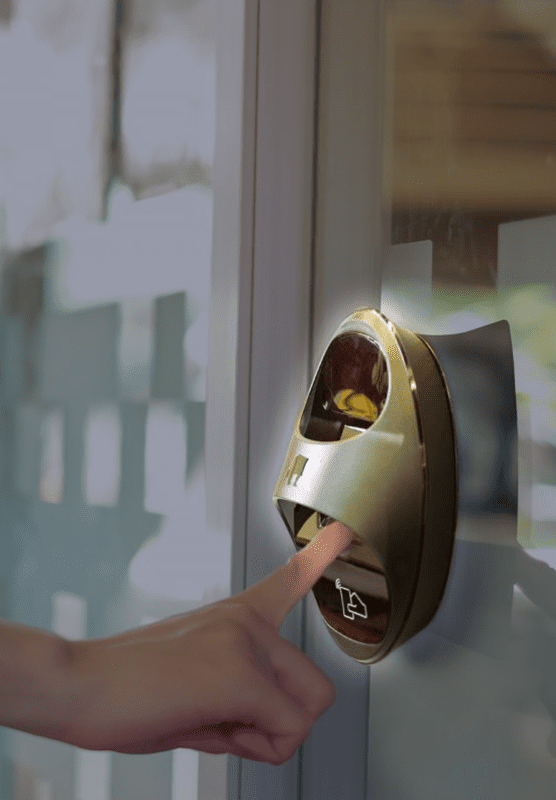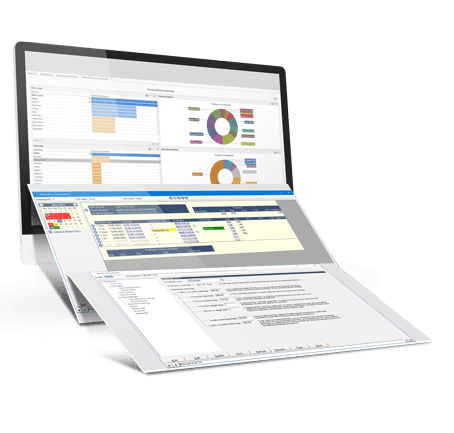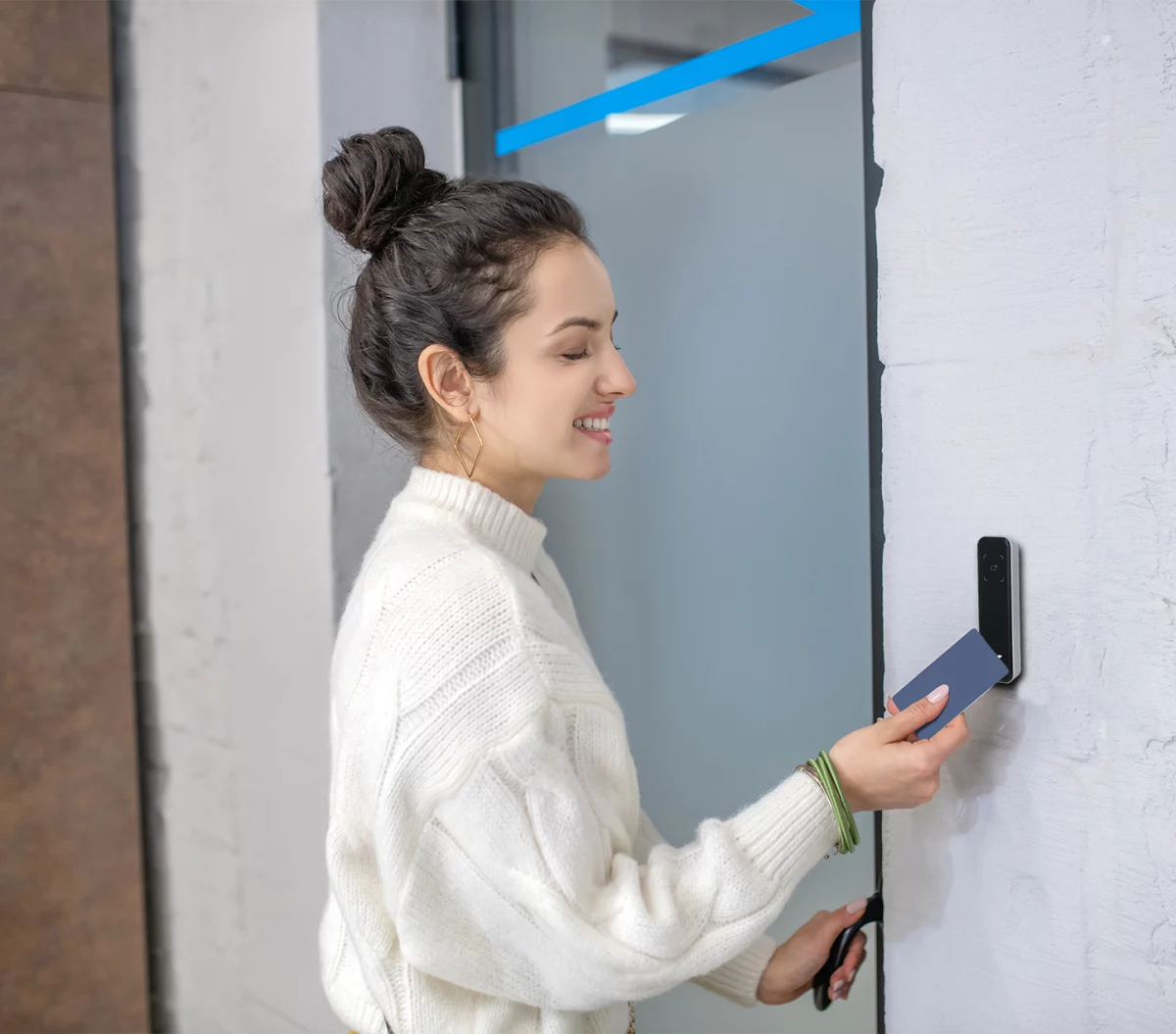
Smart Clocking In For
Effortless Time Tracking
Transform Your Time & Attendance Management Today: streamline processes,
reduce manual errors & free up valuable time
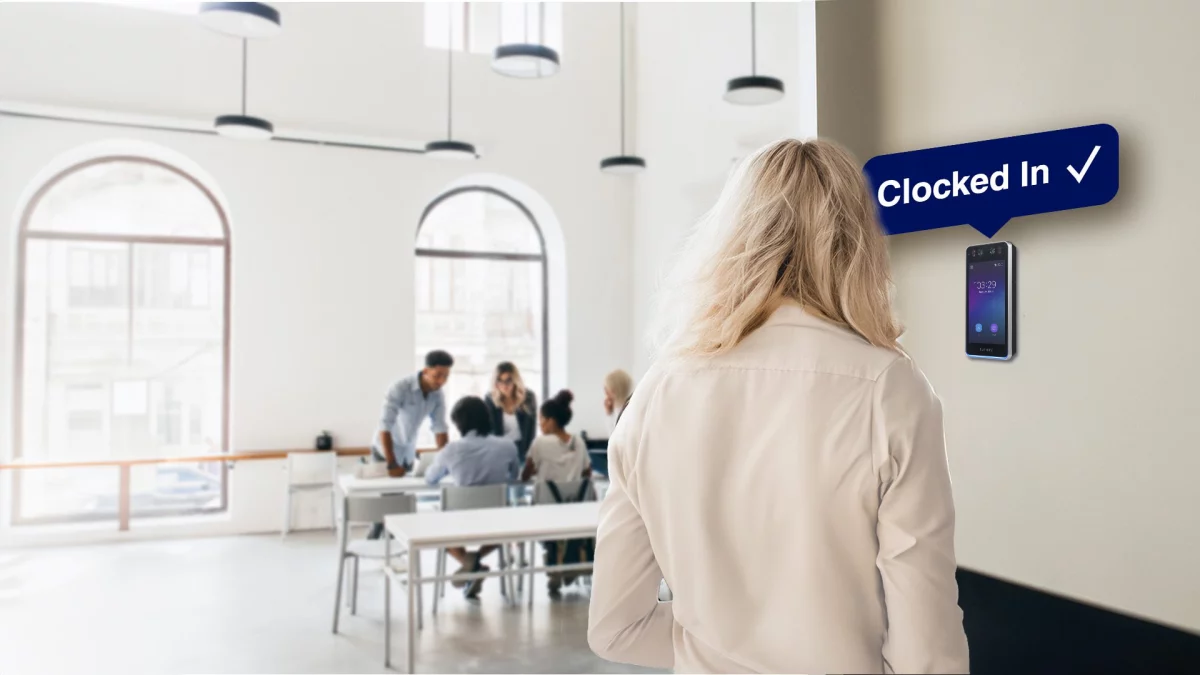
We Deliver Seamless Time Tracking Implementation
Almas Industries and our partners, timeware, are experts in tailoring time and attendance solutions for your unique business needs.
How do we implement clocking in solutions that deliver enhanced efficiency and productivity for superior workforce management?

 CONSULTATION
CONSULTATION
Crafting solutions to your business size, locations, scalability, and team dynamics, we ensure your time and attendance system perfectly aligns with your operational needs.
![]() INSTALLATION
INSTALLATION
Our BS7858 vetted expert technical team guarantee a professional, seamless setup, ensuring your system operates flawlessly. SSAIB certification for your peace of mind.
![]() ONBOARDING
ONBOARDING
Comprehensive scoping will lead to a smooth and efficient time tracking implementation. We empower your team, in every department, to leverage the clocking in system to its full potential, compliantly.
![]() ONGOING SUPPORT
ONGOING SUPPORT
Post-launch, our commitment continues with an industry leading support programme including further training, system adjustments, and a robust hardware guarantee, as standard.
Discover the Perfect Clocking-In Method for Your Business
Tailored to Your Business Environment, Location, User Needs, and Volume – We’ve Got the Perfect Fit for Your Site.
Pair your clocking in machine with our feature-rich Time and Attendance Software – designed for effective tracking with the flexibility, reporting, and functionality your business demands.
Implement Time and Attendance Software to Optimise Operations and Improve Efficiency
Deciding on the right software requires expert advice. Simple shift pattern and a small team? You don’t need an overly complicated software
Complex shifts, overtime, numerous teams, hybrid working and multiple sites? You’re going to need something more powerful.
We have a range of different time and attendance software to make sure you get the solution your business needs.
Comprehensive Time Tracking Software for SMEs
Month-end collation of hours becomes simple and quick, eliminating hours of wasted admin time for HR, Accounts and Management.
Features include;
Full management reporting suite for super-users. Full audit trail of any changes
Exceptions and alerts for anomalies, tardiness/ early departure reporting
Manage absence; define types of absence, manage requests and entitlements in one place. track time-off requests, approvals and holidays
Time clock cards for individual employees and departments
Overtime rules automatically calculate totals
Rotas: complete your rotas in the time and attendance software
Roll call reporting for health and safety emergencies
Stay compliant. Prove breaks have been taken
Modern time clocks and effective time tracking save your management team hours and keeps your business compliant.
Persistent tardiness by colleagues demotivates diligent workers. Change behaviours by improving accountability and calculate how much time you could save by paying all your team fairly..

Almas Industries – The Logical Choice For Your Time & Attendance Solution
Expert consultants, engineers and support services ensure that your time and attendance project is implemented seamlessly by our team.
"Time and attendance technology has improved the efficiency of our company so much."
Read More"Excellent support, latest technology, innovative. We have CCTV and Facial Recognition systems installed securing our premises to the highest standard. "
Read More""We've found the workmanship of the technicians to be of the highest quality and Almas' advice has saved us money in terms of on-site security. Almas' responsiveness to our changing needs allows us to scale our security solutions as required, as we continue to grow" Stephen Tedstone, Production Director"
Read More"When they came out to demo the 360 system, we knew that that system was the system that we wanted to utilise."
Read More.
Get the best clocking-in solution for your business now
FAQs
Here are some commonly asked questions about Time and Attendance software and systems and GDPR considerations
What are the benefits of time and attendance solutions for businesses?
If you’re still tracking time manually in your business, you’re missing out on a multitude of benefits including:
- Paying staff fairly and give your team better visibility of their pay, hours and absences
- Reducing tardiness and time theft
- Saving your management, HR and payroll teams hours of admin time
- Better planning of space and production through accurate attendance data
- Legal compliance with working time directive and other labour law requirements
- Cost management and client billing accuracy
You can read more on the benefits of clocking in solutions here
How much do clocking machines cost?
We know you want a price straight away! But the right solution for you depends on many different considerations.
The size of your site, whether you’re a multi-site operations, the number of employees, the types of devices and the complexity of your shift and employee patterns all determine how much your time and attendance solution will cost.
The best plan is to get in touch and start with an initial consultation where we will start to help you narrow down which will be the best time tracking solution for your business.
Which is the best time tracking system for my small business?
Selecting the right system will depend on whether you are single site, hybrid workers, or field based. It will also depend on shift patterns and complexity of your working week.
Are you looking to address a specific issue or do you want generally better visibility and to save time?
Budget is of course also a factor, and systems range from simple fob/ card options (with less accountability) to biometric time and attendance which delivers you unfalsifiable data and are probably more affordable than you think!
Read more on this subject in our comprehensive article Which is the Best Clocking in Machine for My Small Business?
Or even better, get in touch with us for some expert advice!
What is a clocking in machine?
Also known as a time clock or punching in clock, these devices record pertinent events throughout the employee’s day. Recording the start of their shift, break times, and the time they leave work.
Originally mechanical devices, they can now be activated using a range of tokens, from a card or fob, to a fingerprint, face or mobile. When coupled with time and attendance software, they give employers an accurate record of time worked which helps them stay compliant and pay their team fairly.
What are The Working Time Regulations and what are my legal responsibilities as an employer?
It is a legal requirement that unless an employee has ‘opted out’, they should not work more than 48 hours a week on average – normally averaged over 17 weeks. This law is sometimes called the ‘working time directive’ or ‘working time regulations’.
As an employer you must be able to prove that your team haven’t worked over 48 hours per week if they haven’t opted out. This essentially means that you have a record of the hours they have worked to prove they haven’t done over 48.
Can I use biometric time reporting for HR/ disciplinary investigation purposes?
Any new time and attendance system implementation should be accompanied with clear information and explanation for your team.
It’s important that they know why you are implementing this and the benefits of more transparent reporting, easier absence requests and more.
You should conduct a data privacy impact assessment to be compliant with the GDPR regulations.
Biometric time and attendance require the employee to be enrolled in the system, by being enrolled they are consenting to use the system. Employees should have the right to request an alternative method of clocking in.
Provided the steps above are followed and reflected in your employee handbook, records can be used in disciplinary processes.
Are biometric time and attendance systems GDPR compliant?
The technology and encryption levels are acceptable for GDPR purposes. The management and implementation of T&A systems and the compliance of such is determined by your management team and processes.
Essentially, we provide a system that is designed to be GDPR compliant, but we cannot enforce you using it compliantly. If you don’t set complex passwords or lock down access to key, mandated personnel for example, then you wouldn’t be following the principles of GDPR. This would be a process failure rather than a technological one.
We advise all our customers on their responsibilities and have templates that will help you communicate to your team.
What are the different types of clocking in machines?
You have four effective types of time clocks:
Traditional punch clocks (we’re talking paper card not plastic)
Digital Time Clocks
Biometric Clocking In Machines
Mobile and Web Based Clocks
Find out the features of these in more detail on our FAQ page.
What factors should I consider when choosing a time tracking system for my business?
The headline factors that you should think about when starting to scope out your new time tracking system include:
- Ease of Use
- Support and Maintenance
- Compliance
- Reporting and Analytics
- Budget
- Integration
- Scalability
We delve into more detail around these factors in Choosing a Clocking in System on our FAQ page.
